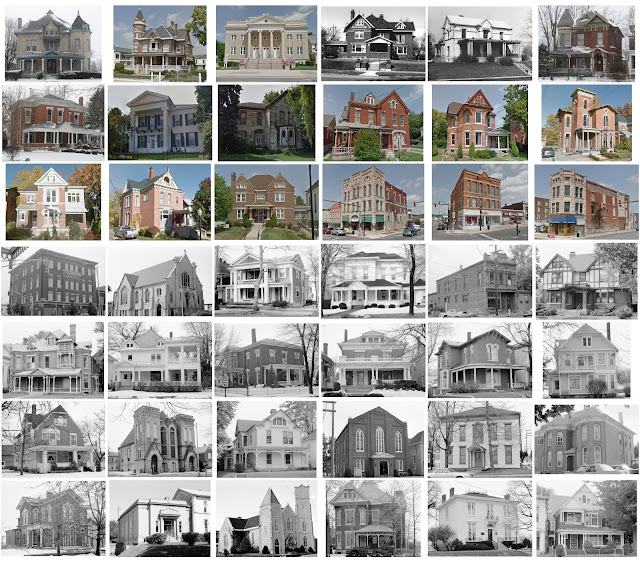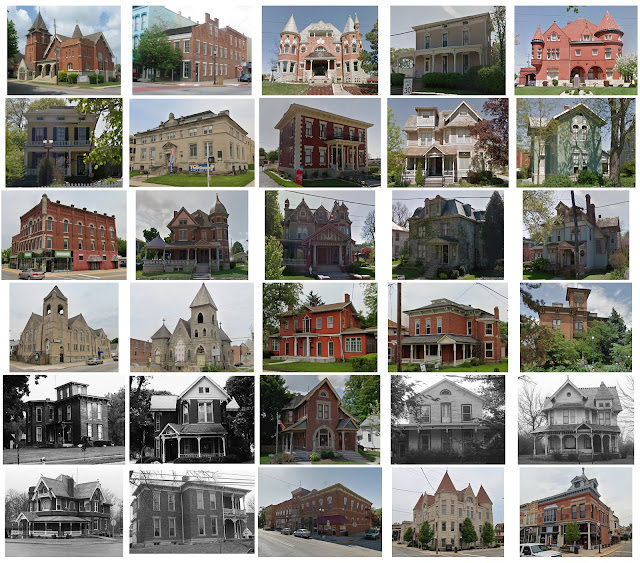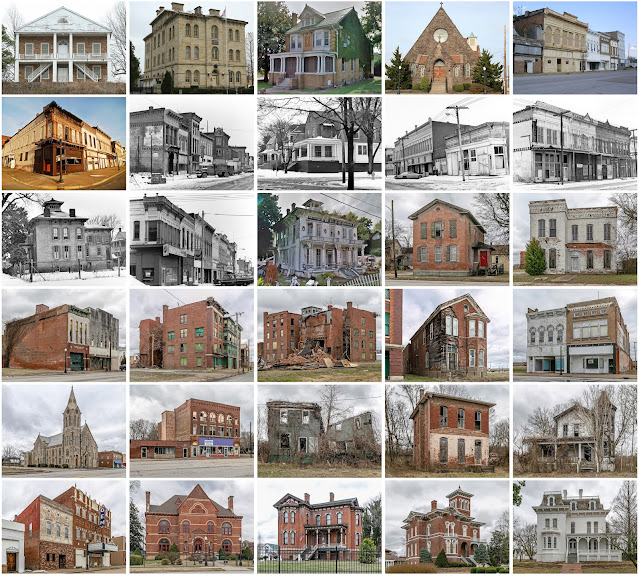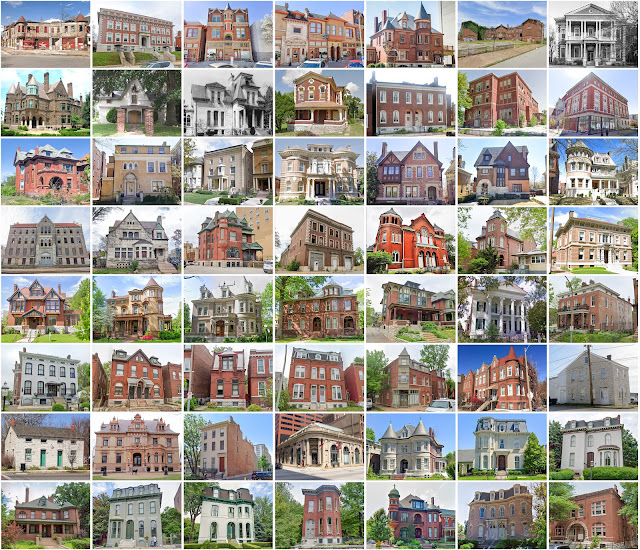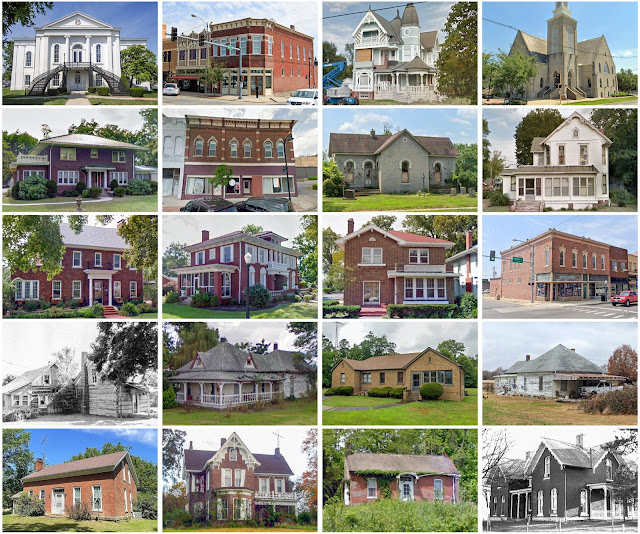Rock Island County, Illinois

Founding: 1833 (declared in 1831) Parent county: Jo Daviess Namesake: Rock Island Seat: Rock Island (1835–) Land area: 428 square miles Population (2020): 144,672 Population (historic): 2,610 (1840); 21,005 (1860); 38,302 (1880); 55,249 (1900); 98,191 (1930) Periods of population growth: pre-1840–1970; 1990s Subdivisions: Four cities; 11 villages; two CDPs; 18 townships National Register listings: 32 Pre-1940 residences (estimated): 16,895 (25.6%) Pre-1940 housing survival rate: 51.8% Pre-1860 housing survival rate (1940): 16.4% Farm housing in disrepair (1950): 7.9% Nonfarm housing in disrepair (1950): 4.3% Average farmhouse value (1930): $2,428 Average outbuilding value (1930): $2,171 Average farmhouse size (1940): 6.3 rooms Number of farms (1920): 2,045 Average farm size (1920): 87.3 acres Sources of settlement: Germany, Pennsylvania, New York, Ohio, and Sweden _________________________________________________________________________
